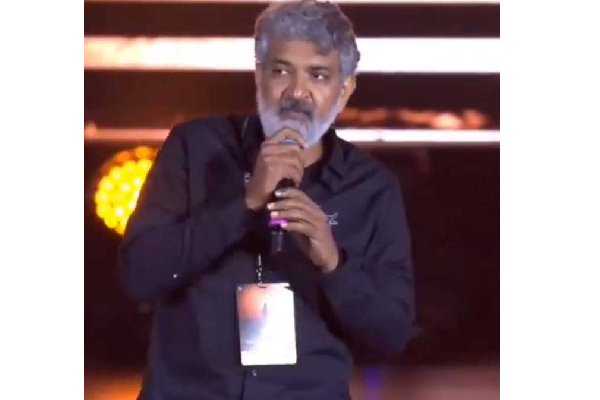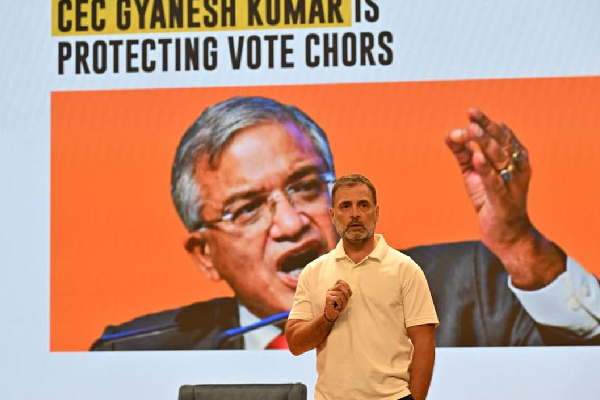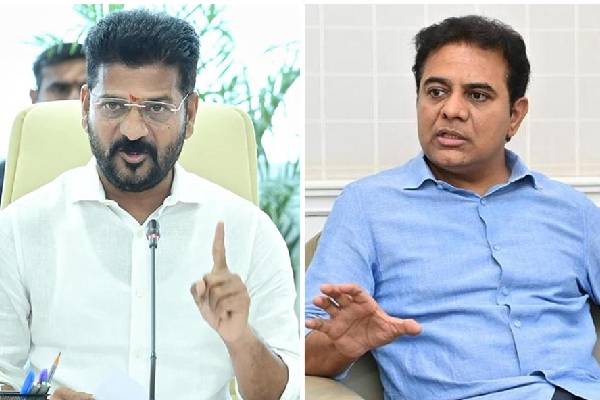In a fiery press conference this week, Congress leader Rahul Gandhi escalated his attack on the Election Commission of India (ECI), accusing it of enabling large-scale voter deletion, particularly in Congress strongholds like Karnataka’s Aland constituency.
Rahul Gandhi claimed that nearly 6,000 voter names were secretly removed during the 2023 Karnataka Assembly elections. He alleged this was not done manually, but through software, pointing to a “coordinated digital operation” aimed at influencing electoral outcomes.
Describing it as a “vote chori (vote theft)” and promising to drop a “hydrogen bomb” of evidence, Gandhi said the scam extended beyond Karnataka to states like Maharashtra, Haryana, and Uttar Pradesh. In Maharashtra’s Rajura, for example, he claimed 6,815 “targeted voters” were added illegally.
What is Form 7?
Form 7 is the official mechanism used in India to request the deletion of a voter from the electoral roll. This form must include detailed personal information, the reason for deletion (such as death, shifting of residence, duplication, or loss of citizenship), and a signature. It’s a legal and legitimate process.
The credibility of elections rests on the integrity of voter rolls. Allegations of mass deletions, if proven, can shake public trust in democratic institutions. Rahul Gandhi’s demand for transparency includes the release of phone and OTP data allegedly linked to these deletions.
Final Word
While Gandhi’s charges are serious, the real test lies in the evidence he promises to reveal. The Election Commission’s response or lack thereof, in the coming days could shape the political narrative ahead of 2026 state elections and 2029 Lok Sabha polls.



































